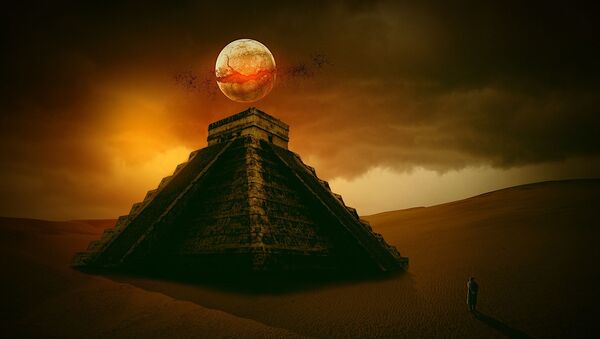In a fascinating find, archaeologists in Mexico have uncovered the ruins of a large palace at a dig on the site of the ancient city of Kulubá in Yucatán state, which they believe dates back to the height of the Mayan civilisation 1,000 years ago.
According to a statement by the National Institute of Anthropology and History (INAH), the structure was supposedly used over two periods of Mayan history as far back as 600 AD: the Late Classic (600-900 AD) and the Terminal Classic (850-1050 AD).
The building was estimated to have been six metres (20ft) high, 55 metres long and 15 metres wide.
“This work is the beginning, we've barely begun uncovering one of the most voluminous structures on the site,” one of the archaeologists, Alfredo Barrera, said in a video shared by INAH.
The palace was discovered in the east of the Kuluba archaeological zone, a key pre-Hispanic site in Mexico’s Yucatan state.
Besides the former palace, archaeologists are exploring four structures in Kulubá's central square: an altar, remnants of two residential buildings and a round structure the suppose might have been used as an oven.
Due to the historical importance of the finds, conservationists are considering reforesting parts of Kuluba to protect the historical site from wind and sun damage, INAH said.
The institute added that the site itself should be opened to the public in the medium term.
The Mayan civilization reached its peak between 250 and 900 A.D., ruling over a vast expanse of territory of what is now southern Mexico, Guatemala, Belize and Honduras.
Across this region, known as Mesoamerica, one can find sprawling ancient cities with towering pyramids and enigmatic hieroglyphs of the Maya civilisation.
These people excelled at agriculture, pottery, hieroglyph writing, calendar-making and mathematics, and left behind an astonishing amount of impressive architecture and symbolic artwork.
Most of the great stone cities of the Maya were abandoned by A.D. 900, however, and since the 19th century, scholars have debated what might have caused this dramatic decline.


